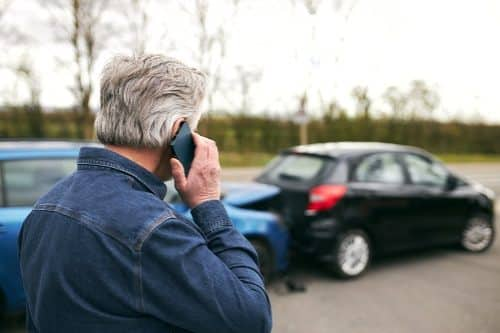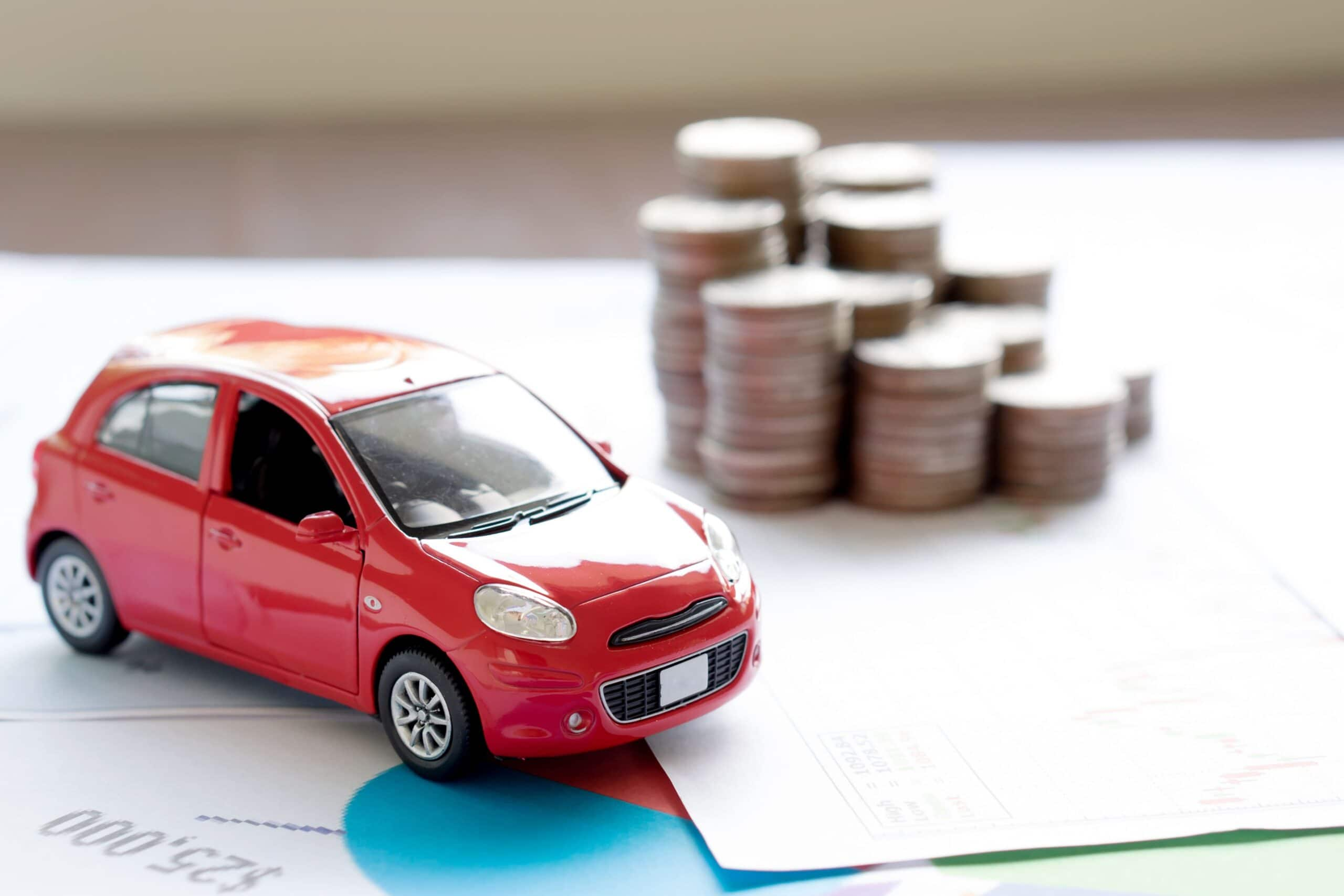Teen vs. senior driver crash rates
According to the NSC’s Injury Facts report, the most recent data from 2022 shows that teen crash rates have reduced since 2021, but are still disproportionate to the number of drivers on the road.
Drivers aged 16-19 account for 3.6% of licensed drivers in the U.S. but are responsible for 6.1% of crashes. Meanwhile, drivers aged 65-74 comprise 13.4% of licensed drivers and are responsible for 8.8% of crashes. Drivers 75 and up make up 8.5% of all drivers on the road and are responsible for 6.0% of crashes. That means older drivers older than 70 are not as dangerous as young drivers.
Only 3.6% of drivers, spanning only four years as an age group, cause a little more than 6% of all accidents. The total for all ages from 65 up is just under 15%, an age group spanning several decades and including far more people.
In other words, teens cause a lot more accidents than seniors. And teen males cause even more accidents than females; the IIHS reports that two of every three teens in fatal crashes are male.
PEOPLE ASK
Which age group has the highest number of accidents attributed to distracted driving?
According to the CDC, teen drivers are the age group with the most accidents due to distracted driving, and 9% of fatal crashes involving teen drivers were due to distracted driving.
Why are teens riskier drivers than seniors?
So why are teens such dangerous drivers? There are several reasons including:
- Teens are more likely to be distracted while driving, especially by their phones. The Centers for Disease Control (CDC) reports that teen drivers have a much higher rate of distracted driving, particularly cell phone use.
- Teen drivers are more likely to speed. The National Highway Traffic Safety Administration (NHTSA) reports that speed was a factor in 30% of fatal crashes involving teen drivers.
- Teens are inexperienced drivers. They haven't been on the road long and haven't honed their skills.
This third item on the list may be the biggest reason. The CDC says the crash rate is 1.5 times higher in the first six months of licensure than in the rest of the teen years. Teens simply don’t have the experience yet to avoid a crash.
While seniors may have decreased response times and weakening vision, they have decades of experience behind the wheel. However, seniors do have a higher crash rate and are more likely to be injured in a crash than drivers in their 30s through 50s, according to the CDC. Still, there’s a good reason cheap car insurance for seniors is easier to find than for teens.
Safer driving for teens and seniors
Graduated driver licensing (GDL) programs have had a major impact on teen crash rates by easing teens into the responsibility of driving, removing risks like night driving and the distraction of friends and requiring more practice behind the wheel with an adult before going solo.
Parents can help keep teens safe on the road by adhering to all of the rules of their state’s GDL program and spending as much time as possible on supervised practice. They can also model safe driving habits such as wearing a seatbelt, never driving impaired and avoiding the temptation of checking a text message while behind the wheel.
Not only will these things reduce the risk of an accident, but they’ll also reduce the chances of a teen driver getting a ticket that will raise insurance rates.
And while the risks aren’t quite the same for senior driving, keeping up driving skills remains a vital factor. There’s a reason insurance companies give car insurance discounts for taking a defensive driving course as you head into retirement. Less time on the road can dull skills, and the extra instruction can be a good refresher.





